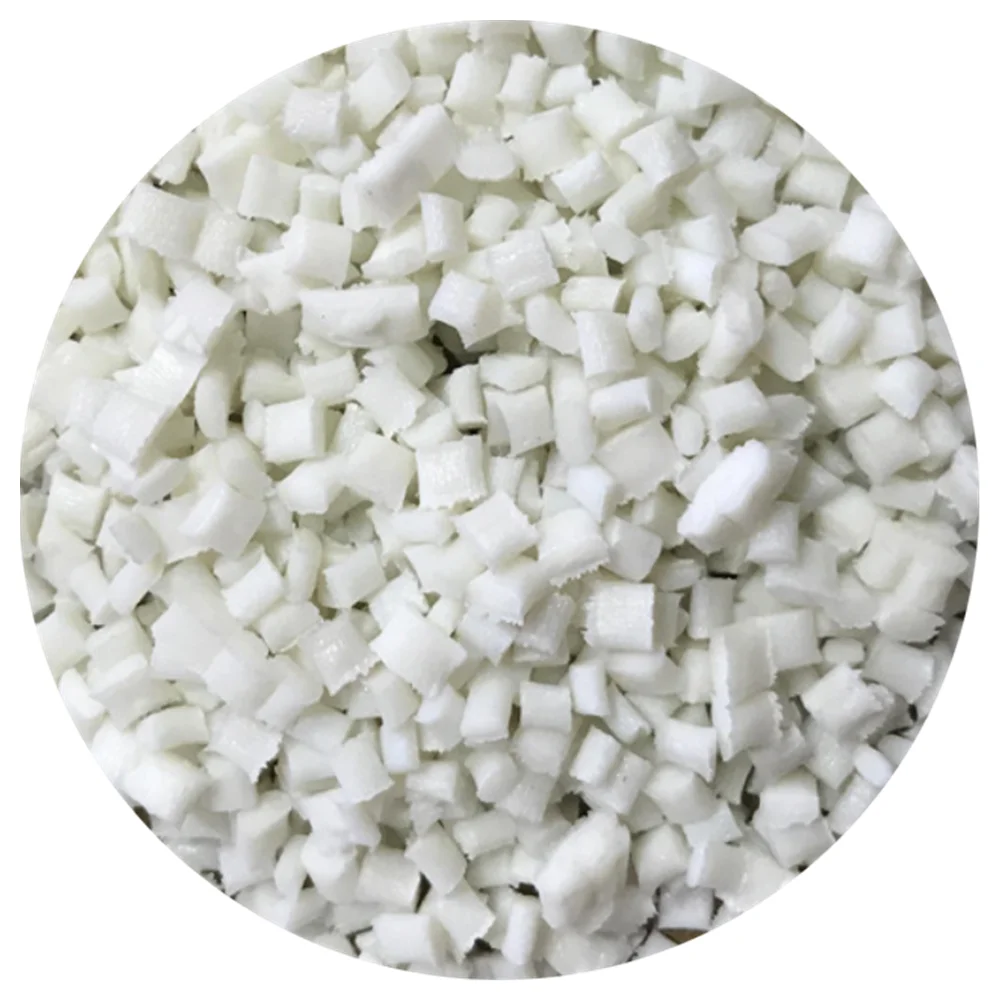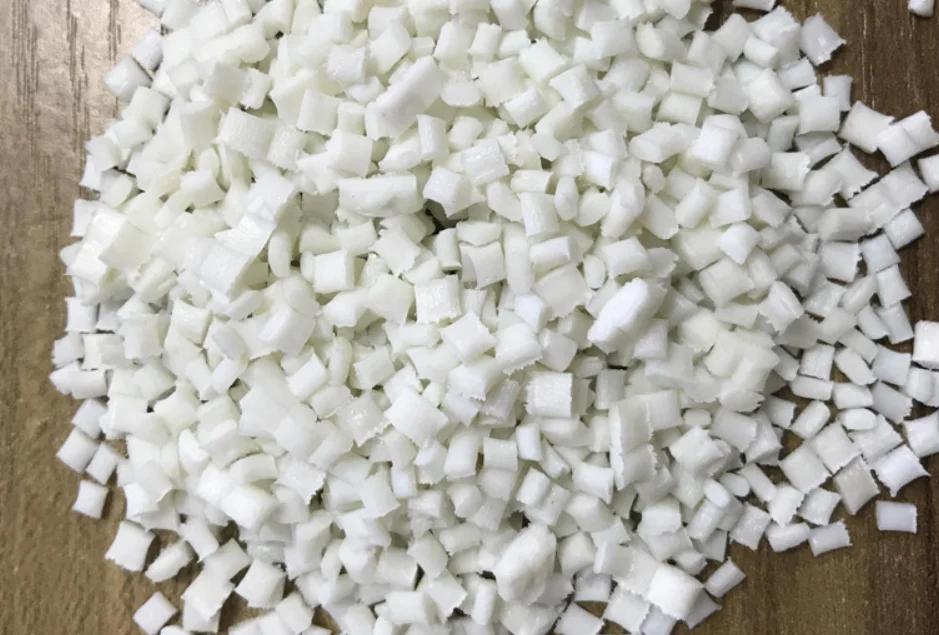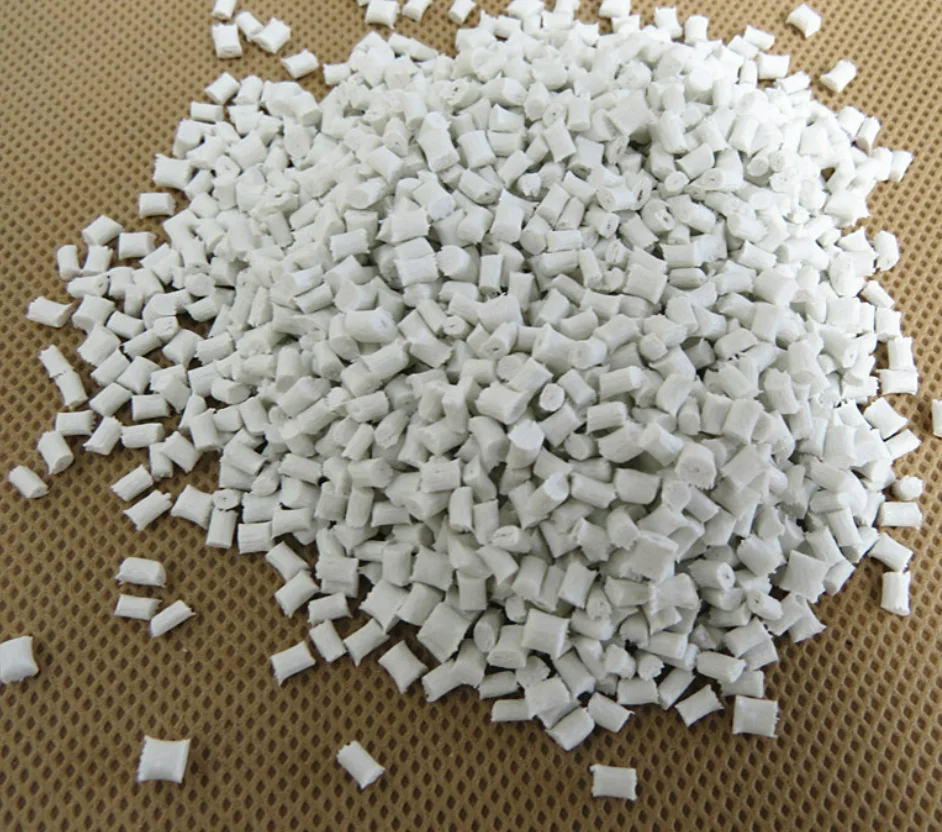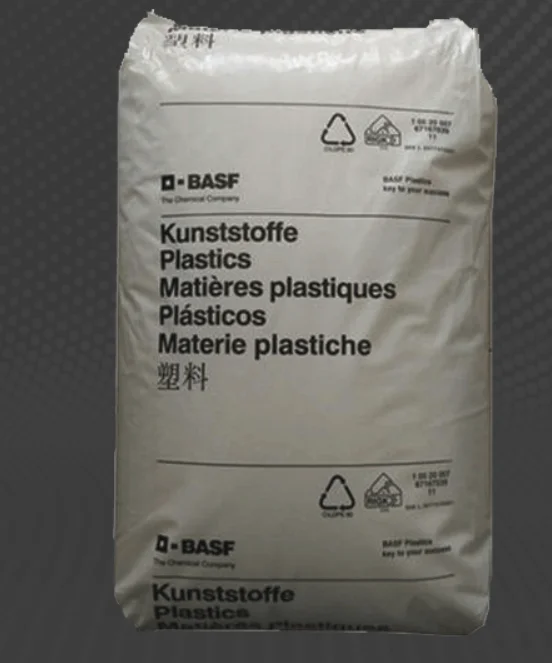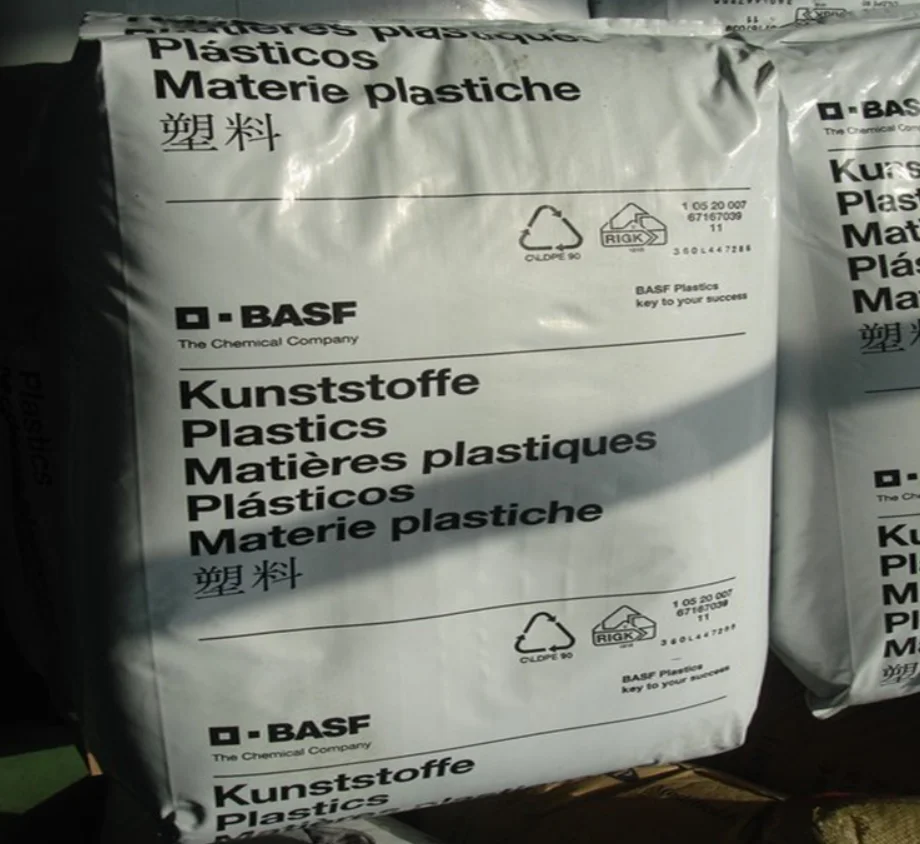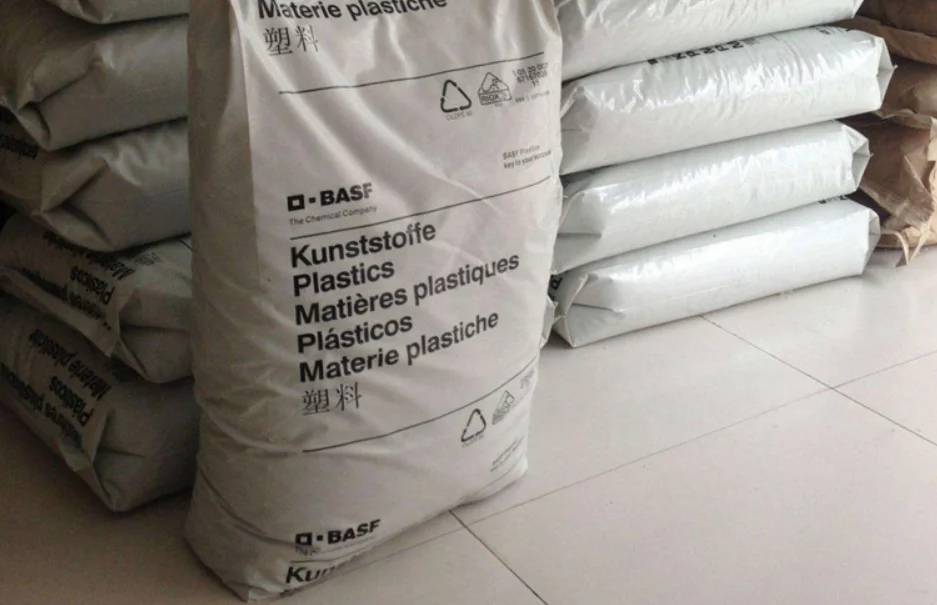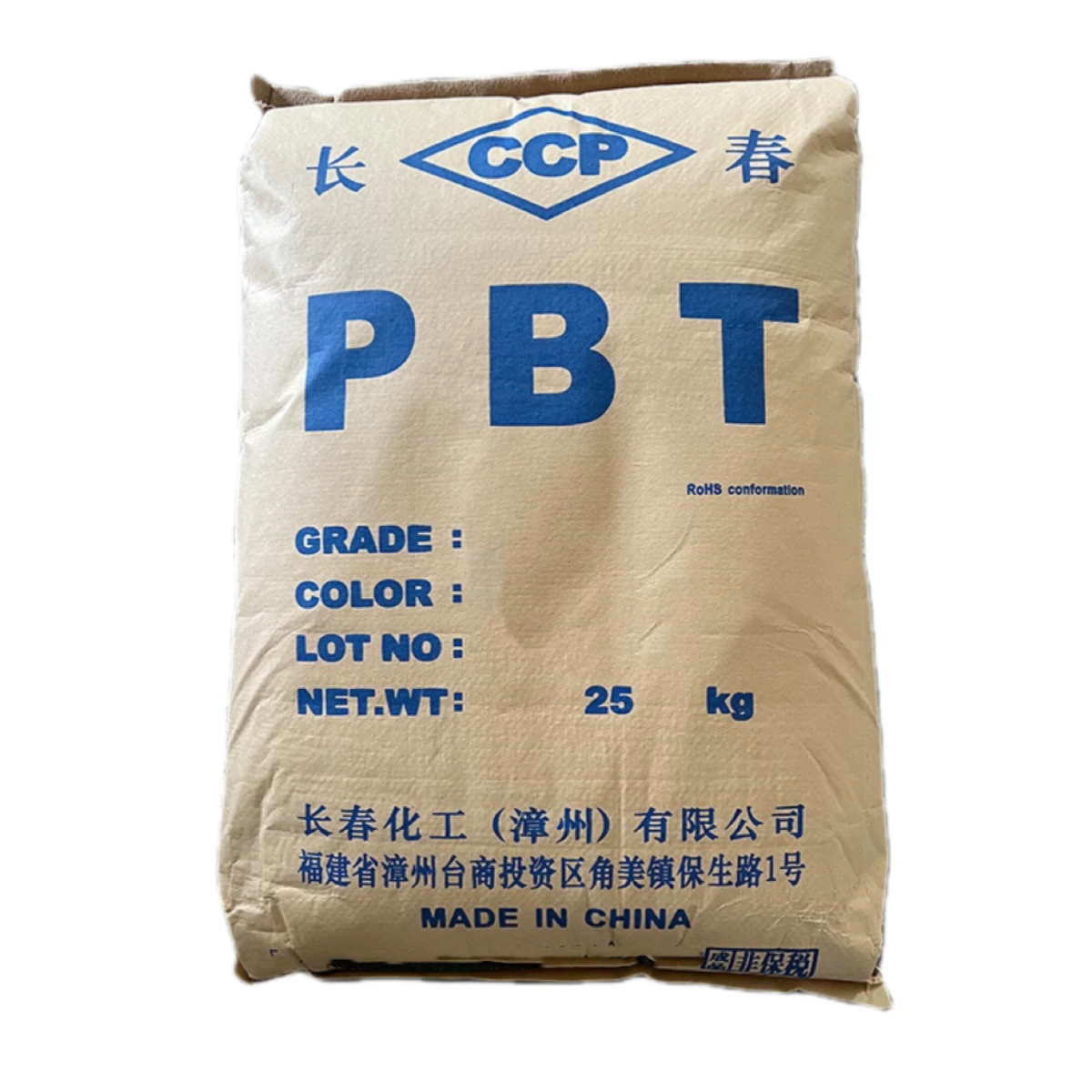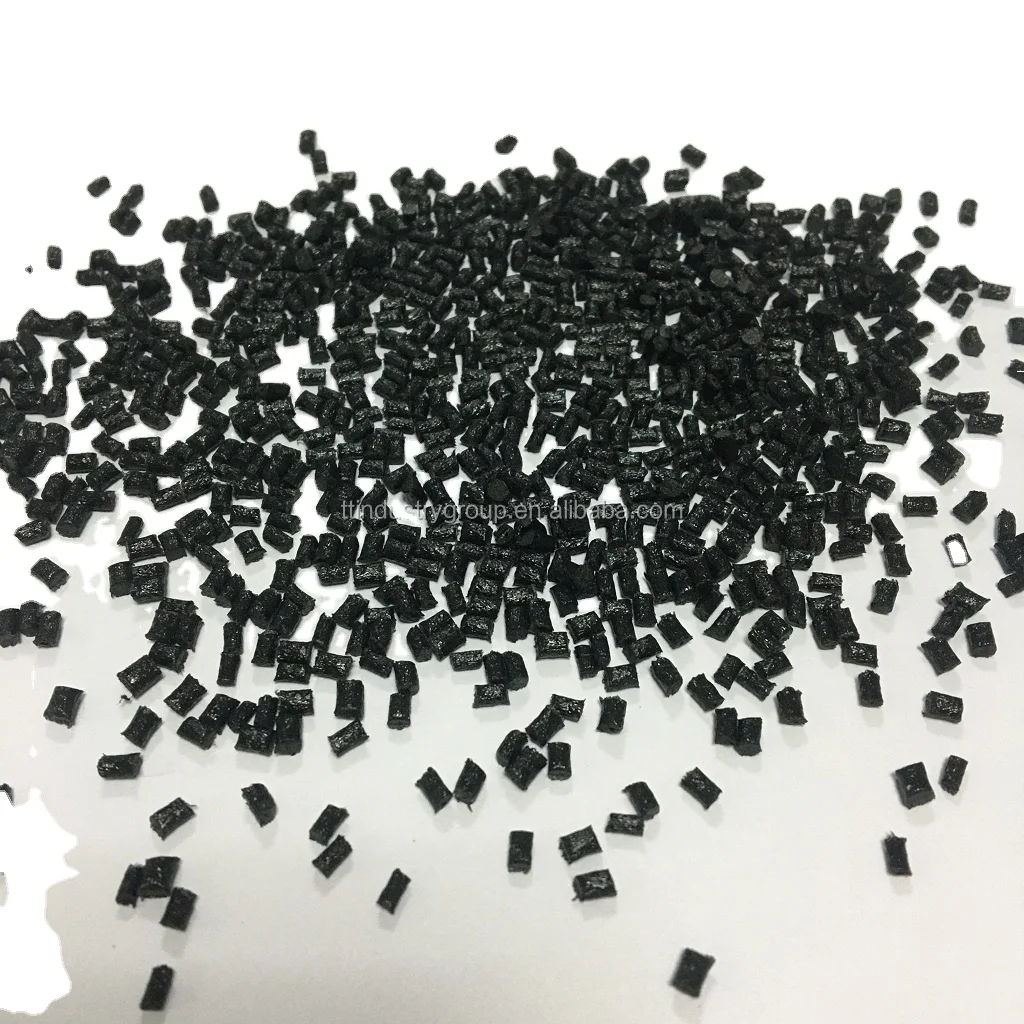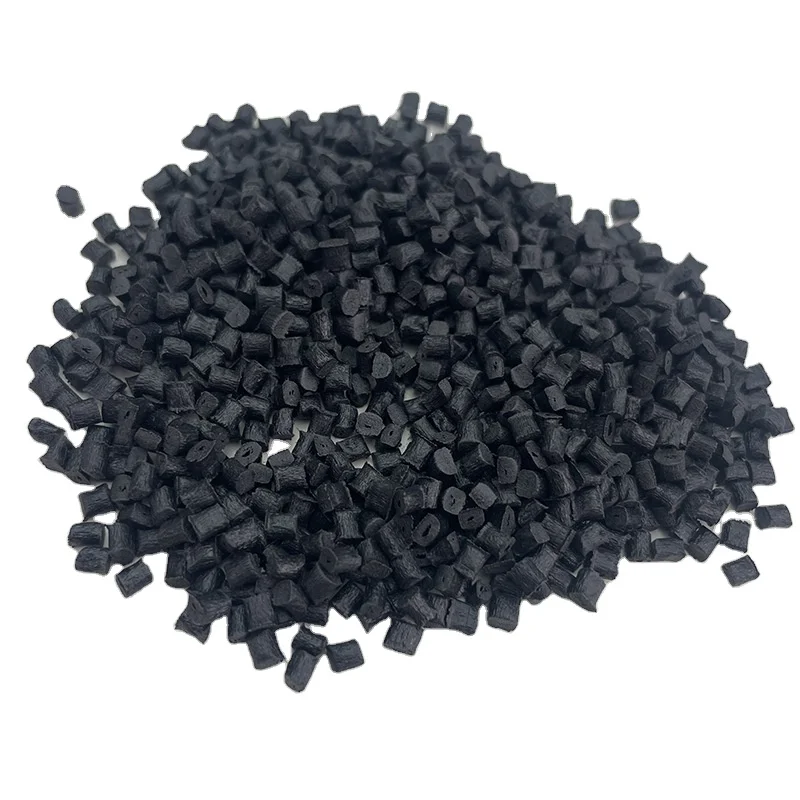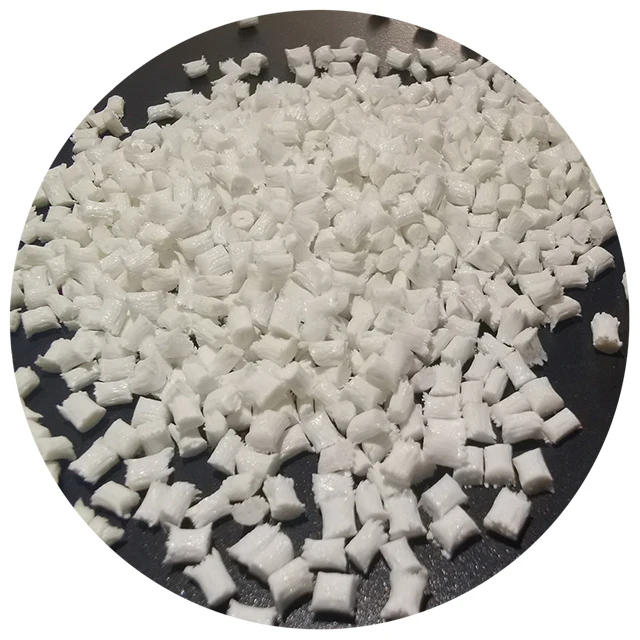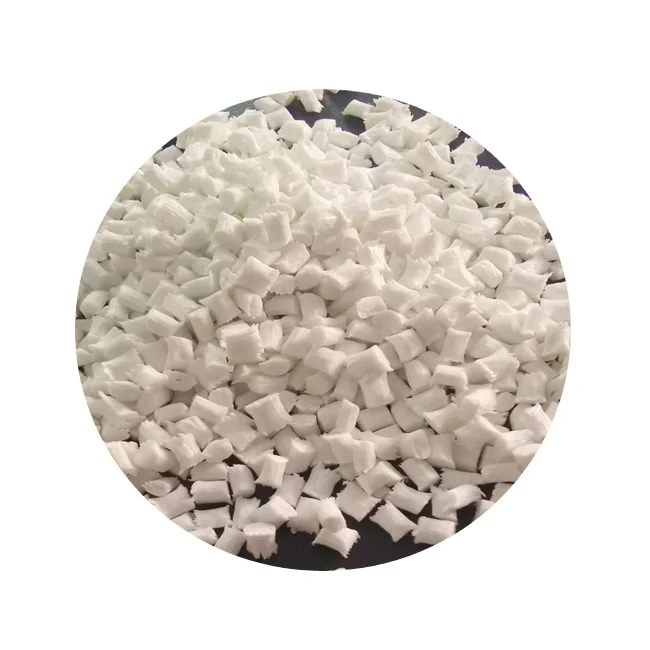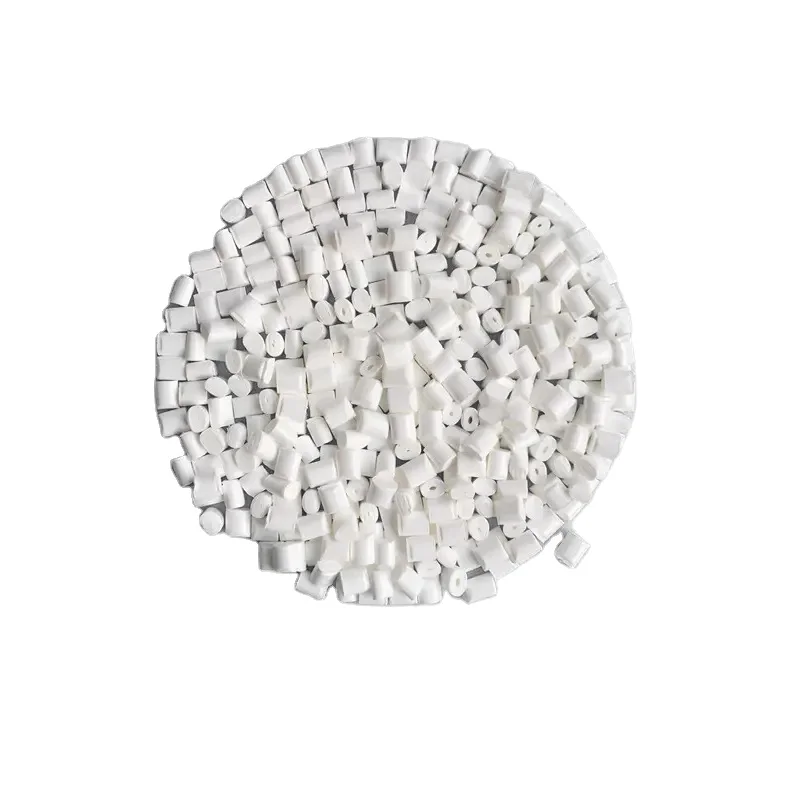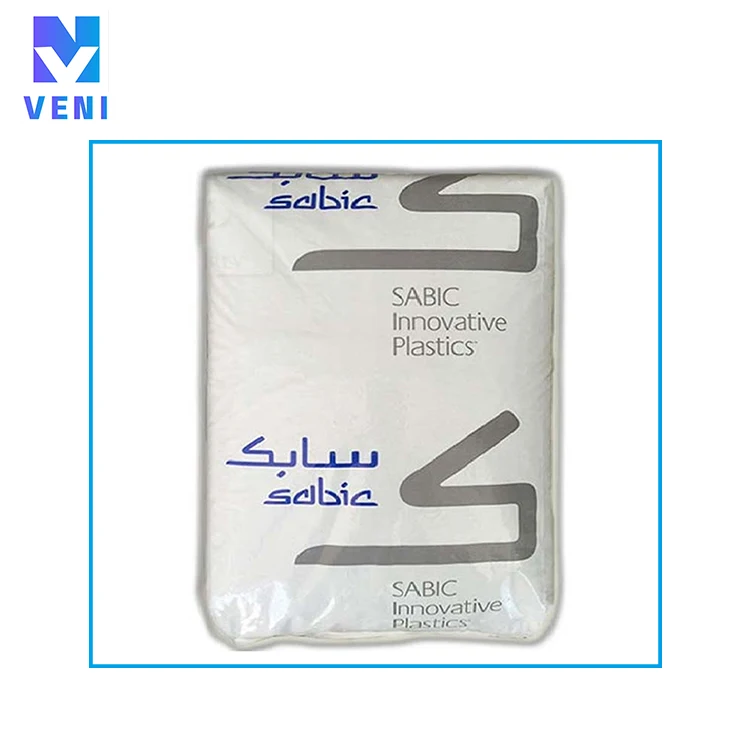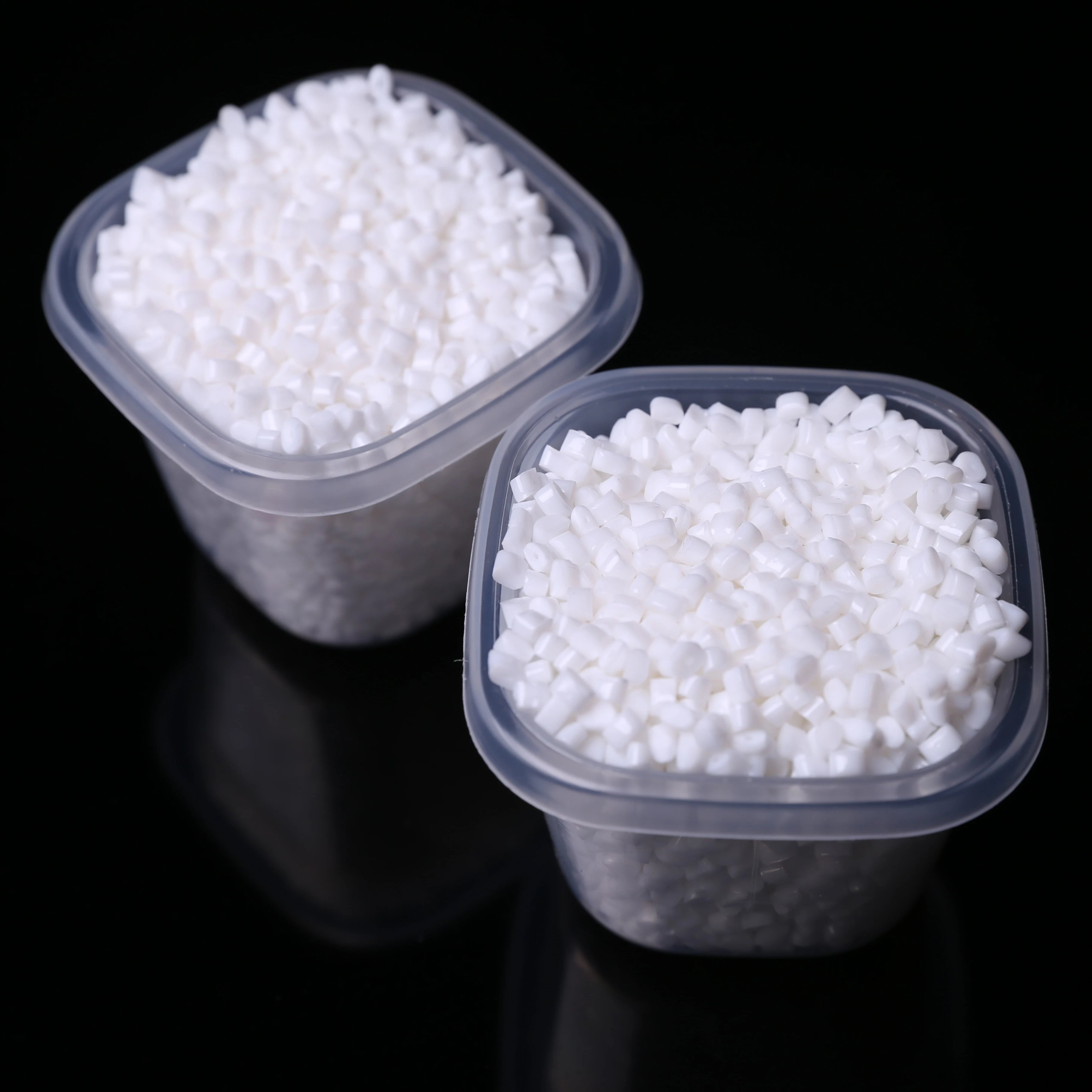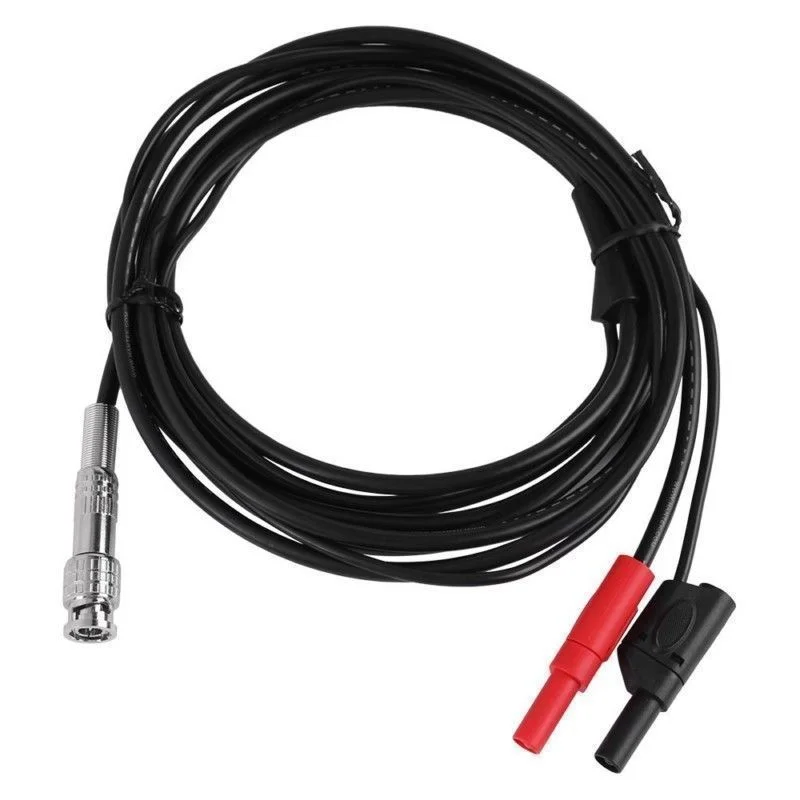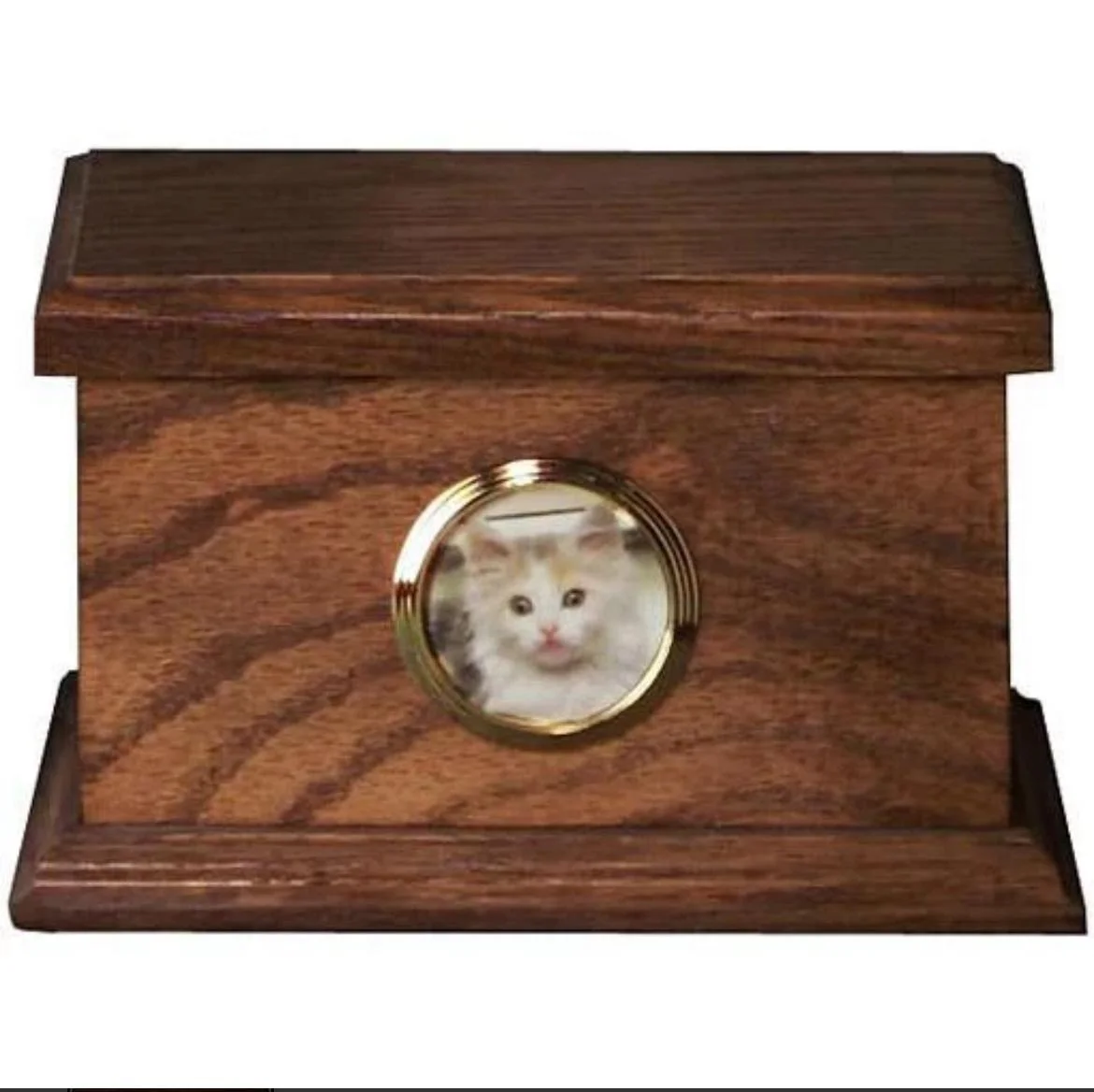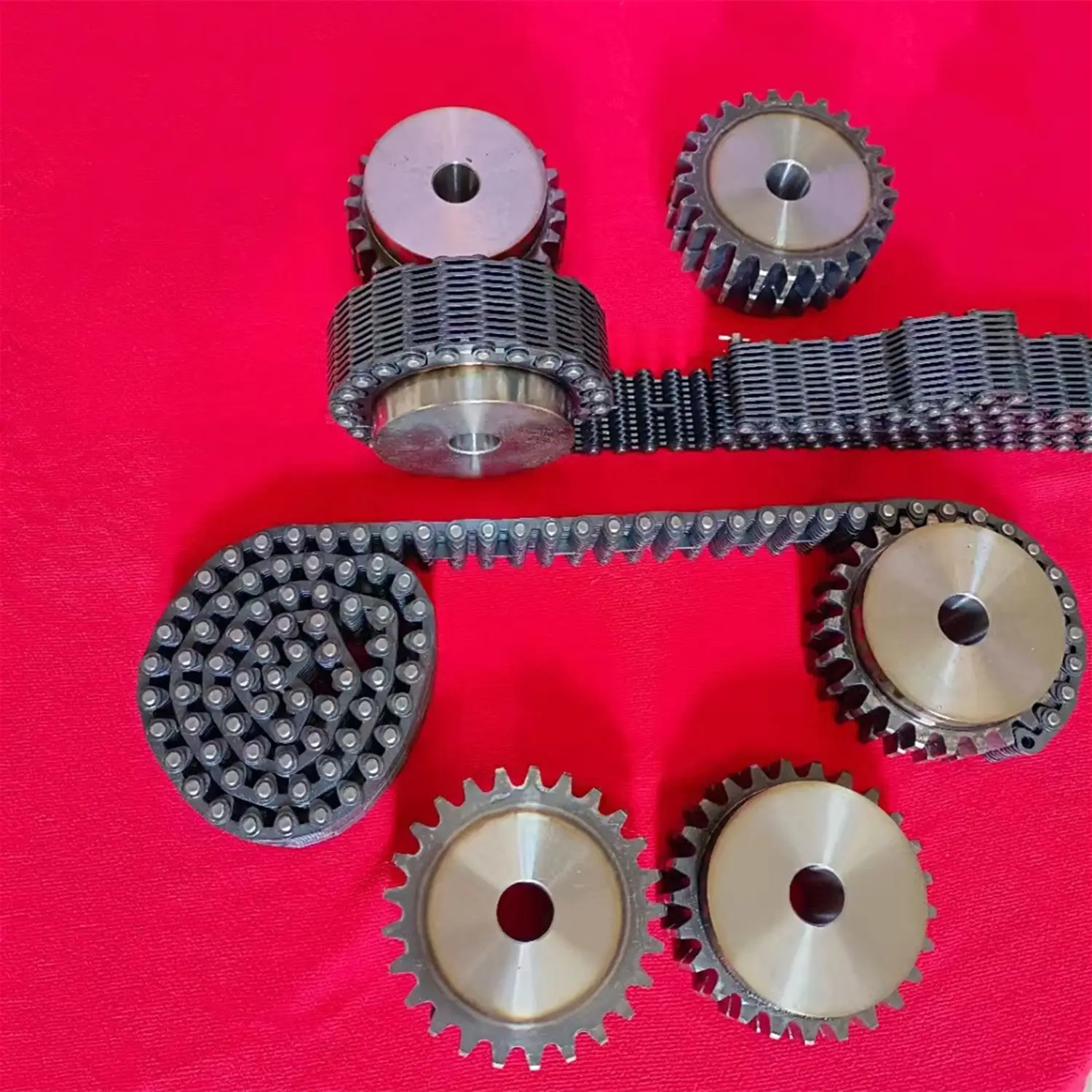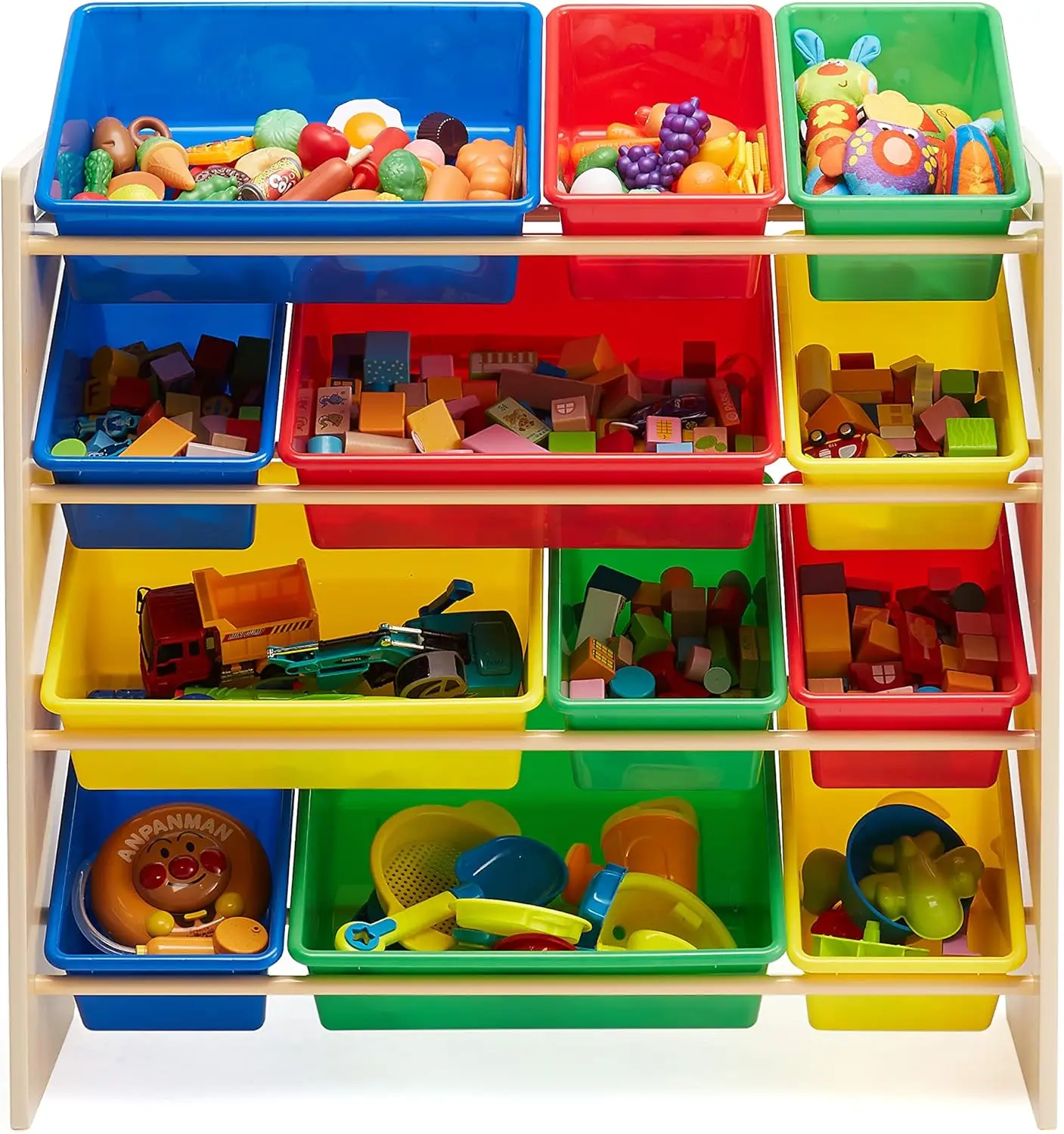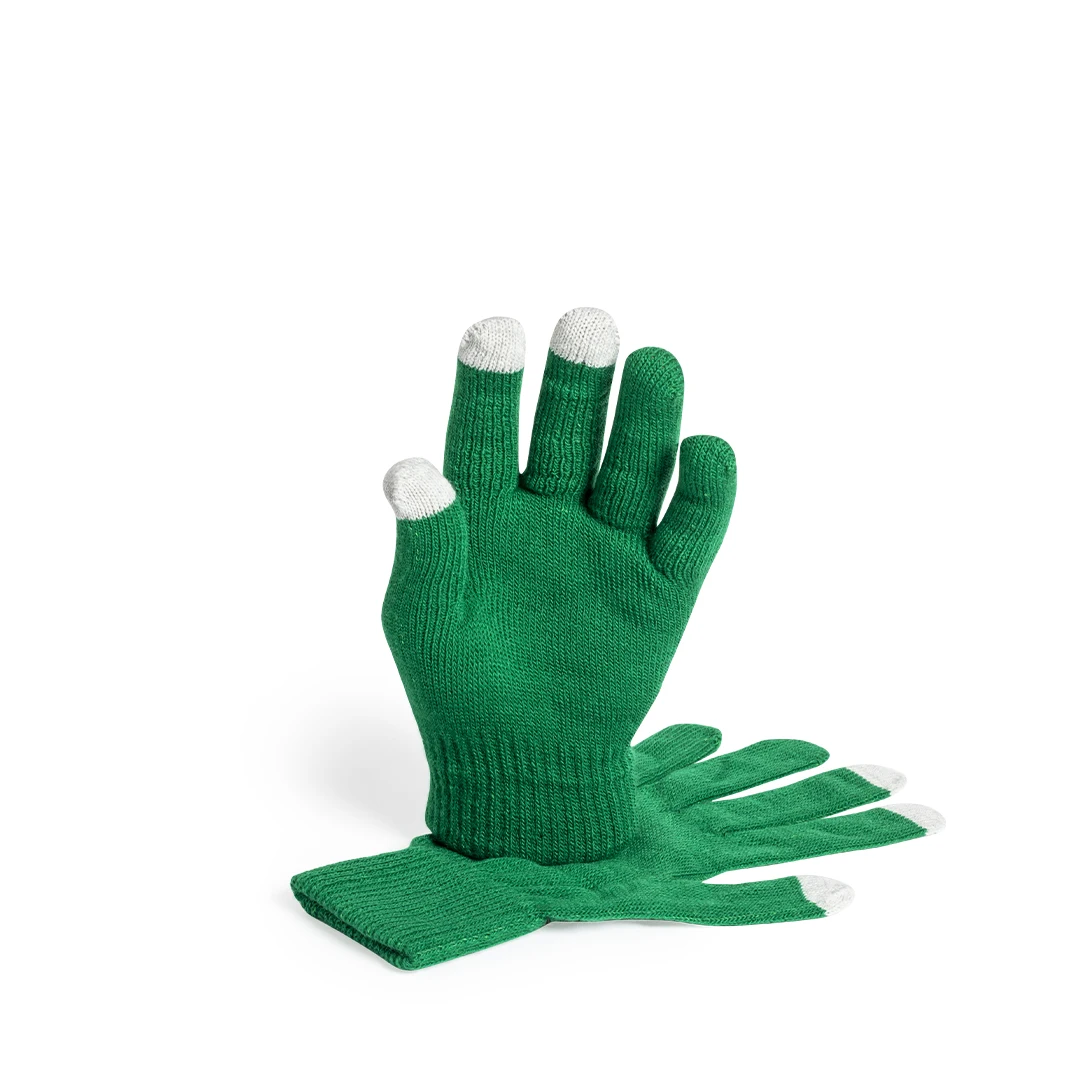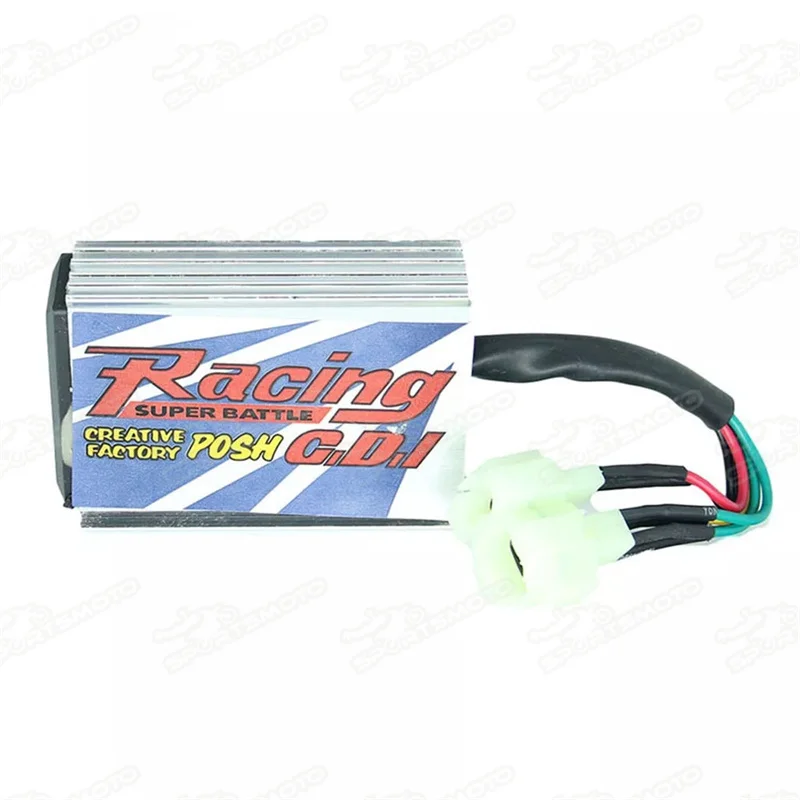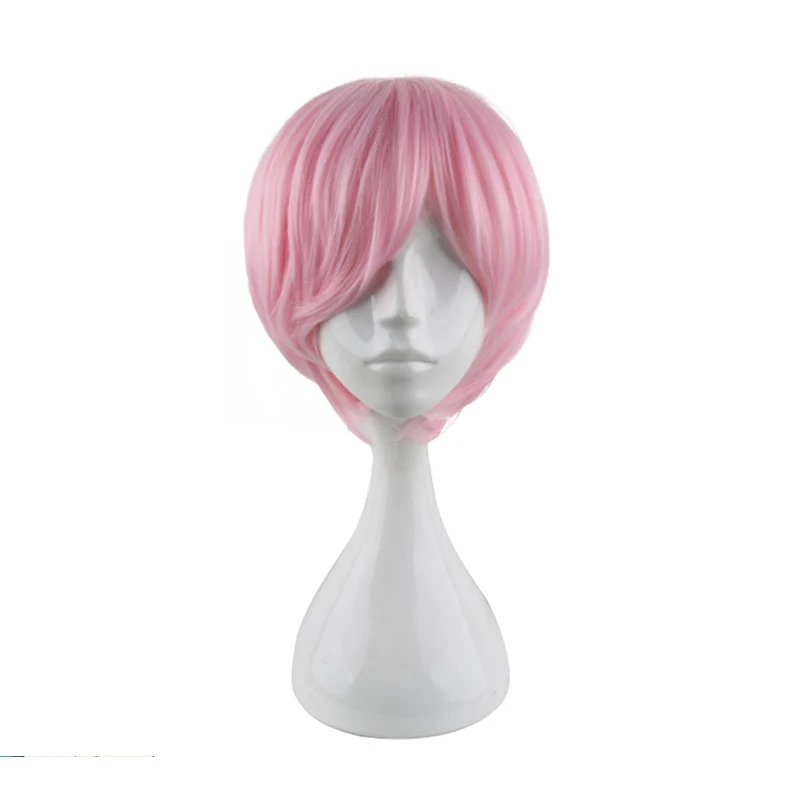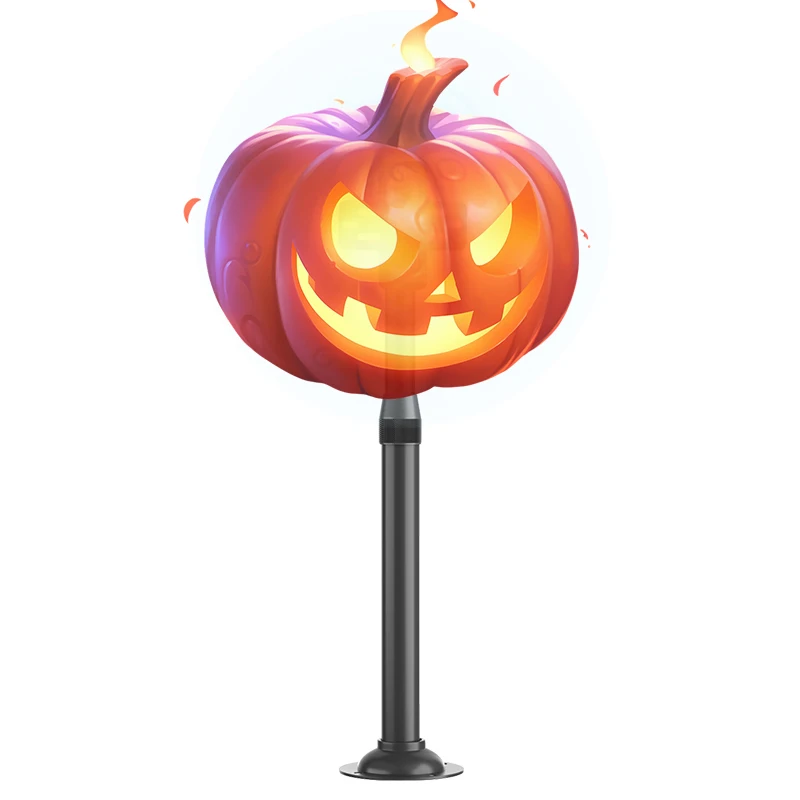PBT гранулы B ASF B4406 G4 армированного стекловолокном 20% огнестойкий разъем Материал корпуса
- Категория: PBT >>>
- Поставщик: Eighth Element Environment Technology Co. Ltd.
Сохранить в закладки 1600510291769:
Описание и отзывы
Характеристики
Most of PBT resins are processed into blends. After modification with various additives and blending with other resins, good comprehensive properties such as heat resistance, flame retardancy, electrical insulation and good processing properties can be obtained. Widely used in electrical appliances, automobiles, aircraft manufacturing, communications, home appliances, transportation and other industries. For example, PBT modified by glass fiber can be used to manufacture electronic parts requiring high dimensional stability under high temperature conditions for a long time. PBT has high breakdown voltage and is suitable for making high voltage resistant parts. Due to its good fluidity in melting state, it is suitable for injection processing of electrical parts with complex structure, such as socket of integrated circuit, printed circuit board, computer keyboard, electrical switch, fuse, temperature control switch, protector, etc. Automobile bumper, carburetor, spark plug, oil supply system parts, igniter, etc. In the field of communication, PBT is widely used in integrated modules, terminal blocks, power tools, etc. of program-controlled telephones.
| Product parameters | |||||
| Performance items | Test condition | test method | test data | Data unit | |
| Basic performance | Melt flow rate | MVR275 ℃/ 2.16kg | ISO 1133 | 22 | cm3/10min |
| Water absorption | In 23 ℃ water | ISO 62 | 0.4 | % | |
| density | ISO 1183 | 1.58 | g/cm3 | ||
| Viscosity number | 0.05g/ml, phenol / 1.2 dichlorobenzene 1.1 | ISO 1628 | 112 | ml/g | |
| colour | Natural color (n), colored (c), black (BK), special color (SP) | n,bk | |||
| Moisture absorption rate | 23 ℃ / 50% relative humidity under standard ring increase | ISO 62 | 0.2 | % | |
| physical property | Mold shrinkage | Longitudinal / transverse, test piece | 0.4/1.0 | % | |
| Mechanical properties | Charpy impact strength | +23 ℃ | ISO 179/leU | 36 | KJ/m2 |
| elongation | Yield, fracture | ISO 527-2 | 2.2 | % | |
| Tensile modulus of elasticity | ISO 527-2 | 8350 | MPa | ||
| Tensile stress | Yield, fracture | ISO 527-2 | 117 | MPa | |
| Charpy Notch Impact Strength | +23 ℃ | ISO 179/leA | 6.1 | KJ/m2 | |
| Electrical performance | Relative arc diameter index CTL | Test solution a | IEC 60112 | CTl200 | |
| Loss factor | 100MHz/1MHz | IEC 60250 | 0.0024 | ||
| Dielectric constant | 100MHz/1MHz | IEC 60250 | 3.5 | ||
| Processing performance | Melt temperature range | Injection molding / extrusion molding | 260-280 | ℃ | |
| Mold temperature range | Injection molding / extrusion molding | 60-90 | ℃ | ||
| Thermal performance | Burning rate | According to UL standard, 1.6mm, 0.8mm | UL 94 | 94v-0 | class |
| Thermal deformation temperature | 1.8MPa load (HDT a) / 0.45MPa load (HDT b) | ISO 75-2 | 180/215 | ℃ | |
| melting point | DSC molding compound | ISO 3146 | 220-225 | ℃ | |
| Burning rate | Test method BH for insulating materials for electrical purposes | IEC 707 | BH3-15mm/min | class | |







Похожие товары
ПБТ 20% микростеклянные бусины для литья под
Лучшая цена PC/PBT пластиковое сырье гранулы/низкотемпературный огнестойкий PC PBT сплав поставщик
Первичные пластиковые гранулы PBT FRv0 GF30 полибутилентерефталат GF20
Огнестойкий класс PBT FR V0 гранулы GF30 % полимерный материал для электронных
Модифицированный ПБТ 30gf модифицированный полибутилат терефталат gf15 г PBT gf20
Фабрика VALOX ENH4565 Заводская Смола PBT GF33
Гранулы BLUESTAR 110G30 из натуральной/переработанной ПБТ с 30% гранулами инъекций GF PBT
Новые поступления
Новинки товаров от производителей по оптовым ценам
